$39.97 Original price was: $39.97.$27.98Current price is: $27.98.
SKU: D2LSC 839702245 Category: FRUIT TREES & PLANTS
- Quality that lasts, prices that don't.
- Experience the difference quality makes.
- Satisfaction Guaranteed
- 100% High Quality Guarantee

Ruby Crisp Muscadine Vine
Vitis rotunifolia ‘Ruby Crisp’
NOTE: As with all of our other plants and trees, all of our fruit plants are grown in containers outdoors so they are fully rooted and landscape-ready upon arrival.
Plant Details
USDA Plant Hardiness Zones: 7a-10b Find Your Zone
Pollinator Required?: No, Self-Fertile
Ripening Period: Mid Season
Uses: Fresh Market, Home, U-Pick
Fruit Color: Red
Fruit Size: Large
Fruit Taste: Sweet, more like a table grape!
Fruit Size: Large
Fruit Taste: Sweet, more like a table grape!
Sugar Content: 16.5-17.5%
Sun Needs: Full Sun or Mostly Sun is best, Part Shade is tolerated
Water Needs: Average
Soil Type: Clay (well draining), Loam, Silt
Soil Moisture / Drainage: Moist But Well Drained
Soil pH: 6.0 – 6.5
Description
Recently released by the UGA College of Agricultural and Environmental Sciences breeding program, the ‘Ruby Crisp’ Muscadine produces abundant red berries that taste more like a table grape than a muscadine grape, which folks who aren’t particularly fond of muscadine flavor will appreciate. It is a self-fertile vine, meaning that it doesn’t require a pollinator plant to produce fruit. In the past, only female muscadine cultivars could produce large fruit, and they needed the help of a pollinator plant to do so. Extemely productive, the vigorous vines produce abundant, large, firm, distinctive red fruits that ripen mid season and have tender skins and crisp flessh. Total yields of ‘RubyCrisp’ were excellent in trials and consistently ranked among the highest yielding cultivars. The fruits have excellent sweet table grape-like sweet flavor and a dry stem scar so are very easy to pick without damaging them. An exceptionally reliable and easy to grow Muscadine that will please with a bounty of deliciously sweet grapes. Hardy in USDA Zones 7-10b.
NOTE: As with all of our other plants and trees, all of our fruit plants are grown in containers outdoors so they are fully rooted and landscape-ready upon arrival.
Growing Preferences
Muscadine vines can grow in a wide range of soils. Highly fertile soils are not essential. Well-drained soils produce the best growth and yields. Avoid soils that are persistently wet during the growing season. The best and most muscadine berries will be produced when vines are growing in full to mostly sun. That said, muscadine vines that receive a little shade will still produce good crops.
Helpful Articles
Click on a link below to find helpful advice from our experts on how to plant and care for Muscadine Vines
How To Plant A Muscadine Vine
How To Prune And Train A Muscadine Vine
How To Fertilize And Water Muscadine Vines
Plant Long & Prosper!
Meet The Wilson Brothers & Staff
Questions? Contact Us!
Be the first to review “Ruby Crisp Muscadine Grape Vine – 1 Gallon Pot” Cancel reply
Related products
Sale!
FRUIT TREES & PLANTS
Sale!
Berry Plants
Sale!
FRUIT TREES & PLANTS
Sale!
Fruit Plants & Trees
Sale!
FRUIT TREES & PLANTS
Sale!
Fig Trees
Sale!
Fruit Trees
Sale!
FRUIT TREES & PLANTS



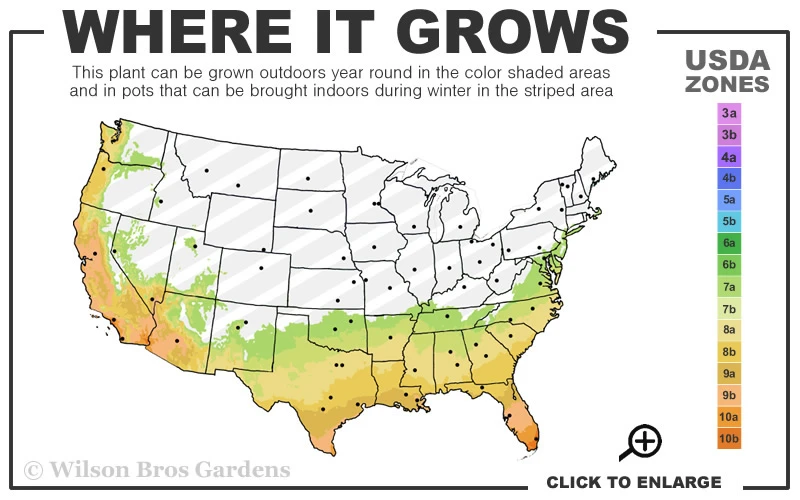
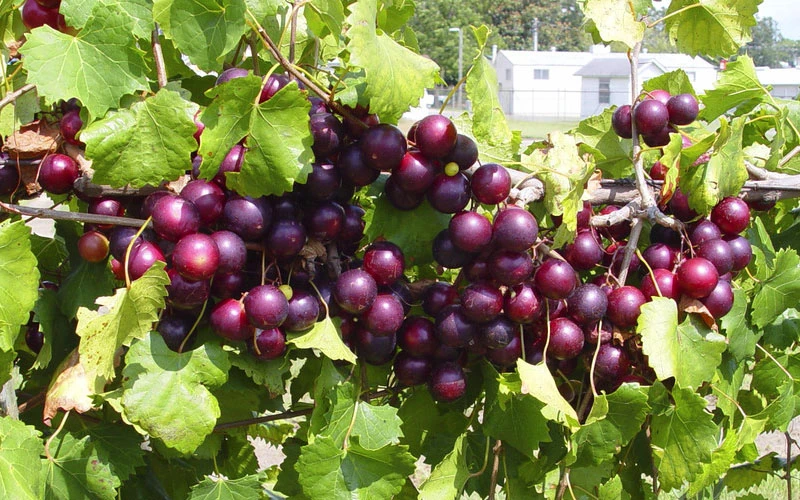



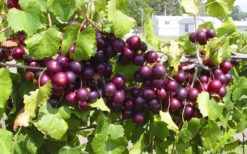
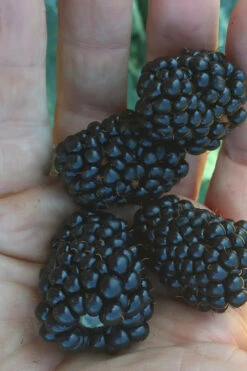
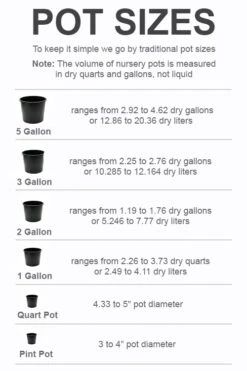

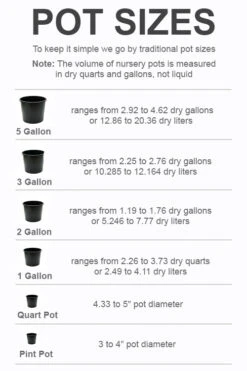
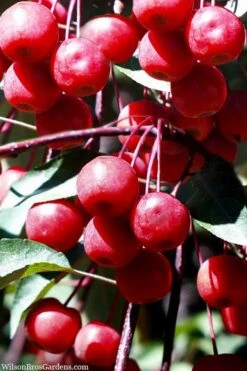
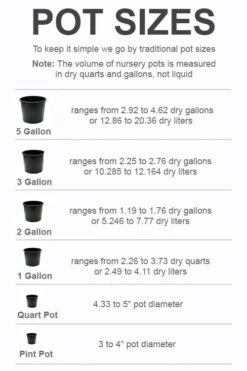
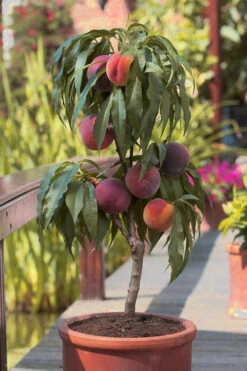
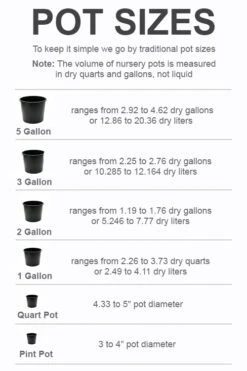
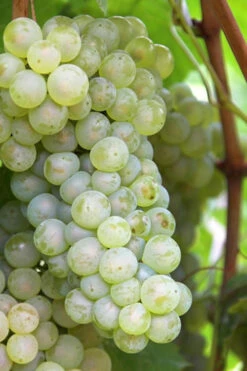
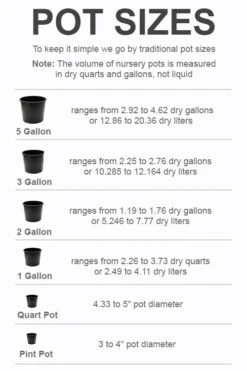



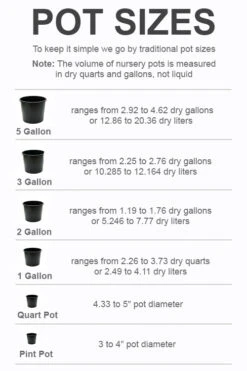
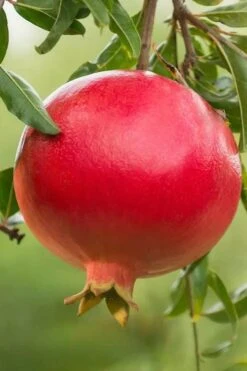
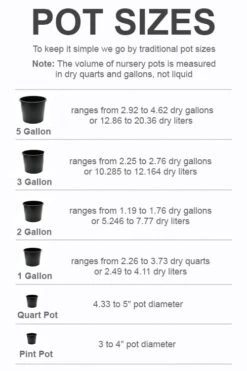
Reviews
There are no reviews yet.